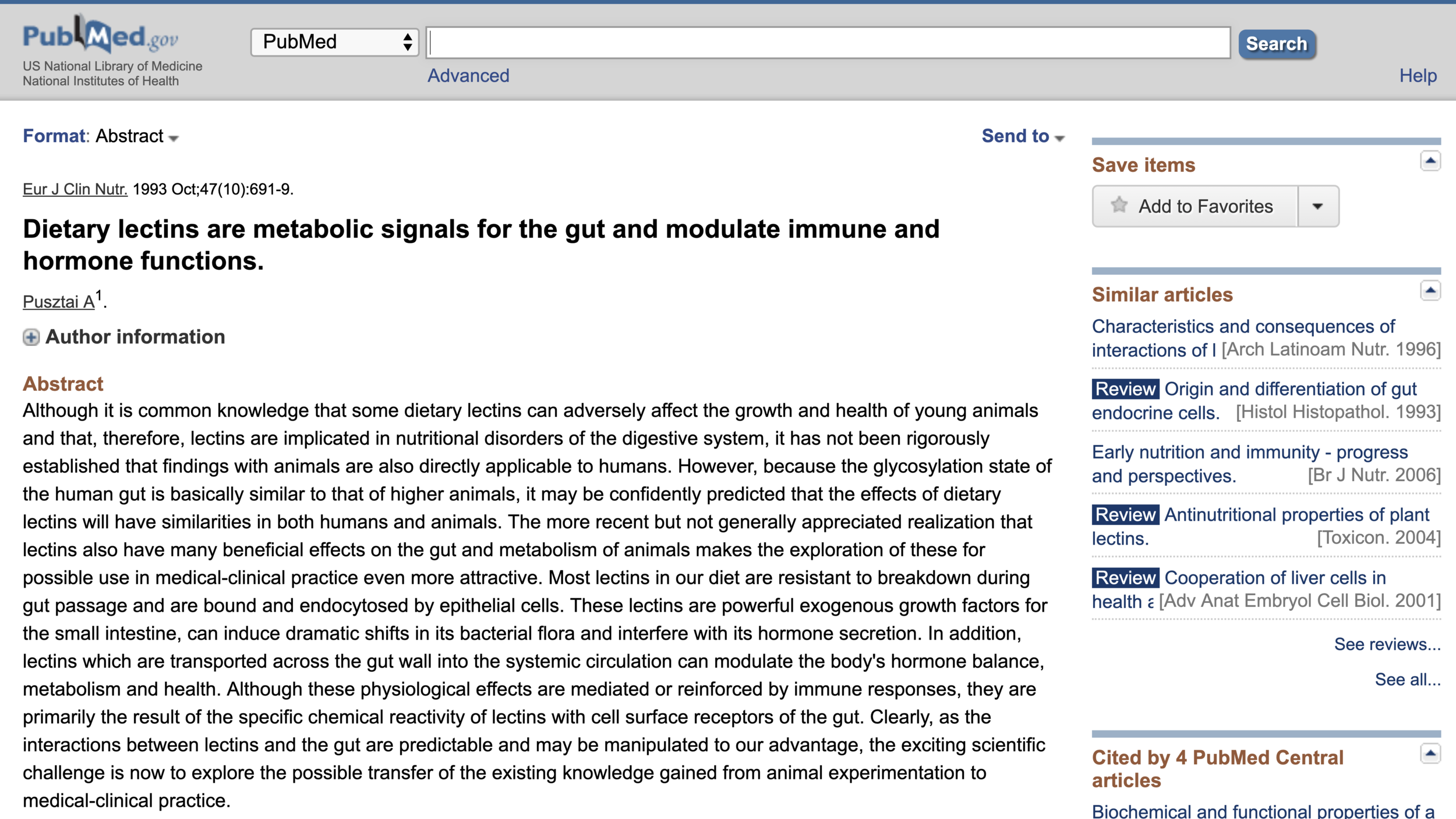A key passage of the Declaration of Independence is:
Prudence, indeed, will dictate that Governments long established should not be changed for light and transient causes; and accordingly all experience hath shewn, that mankind are more disposed to suffer, while evils are sufferable, than to right themselves by abolishing the forms to which they are accustomed. But when a long train of abuses and usurpations, pursuing invariably the same Object evinces a design to reduce them under absolute Despotism, it is their right, it is their duty, to throw off such Government, and to provide new Guards for their future security.
In this passage, those who had a hand in crafting the Declaration of Independence show their knowledge of John Locke’s 2d Treatise on Government: Of Civil Government. In Chapter XIX, sections 223-225, John Locke writes:
§. 223. To this perhaps it will be said, that the people being ignorant, and always discontented, to lay the foundation of government in the unsteady opinion and uncertain humour of the people, is to expose it to certain ruin; and no government will be able long to subsist, if the people may set up a new legislative, whenever they take offence at the old one. To this I answer, Quite the contrary. People are not so easily got out of their old forms, as some are apt to suggest. They are hardly to be prevailed with to amend the acknowledged faults in the frame they have been accustomed to. And if there be any original defects, or adventitious ones introduced by time, or corruption; it is not an easy thing to be changed, even when all the world sees there is an opportunity for it. This slowness and aversion in the people to quit their old constitutions, has, in the many revolutions which have been seen in this kingdom, in this and former ages, still kept us to, or, after some interval of fruitless attempts, still brought us back again to our old legislative of king, lords and commons: and whatever provocations have made the crown be taken from some of our princes heads, they never carried the people so far as to place it in another line.
§. 224. But it will be said, this hypothesis lays a ferment for frequent rebellion. To which I answer, 19 First, No more than any other hypothesis: for when the people are made miserable, and find themselves exposed to the ill usage of arbitrary power, cry up their governors, as much as you will, for sons of Jupiter; let them be sacred and divine, descended, or authorized from heaven: give them out for whom or what you please, the same will happen. The people generally ill treated, and contrary to right, will be ready upon any occasion to ease themselves of a burden that sits heavy upon them. They will wish, and seek for the opportunity, which in the change, weakness and accidents of human affairs, seldom delays long to offer itself. He must have lived but a little while in the world, who has not seen examples of this in his time: and he must have read very little, who cannot produce examples of it in all sorts of governments in the world.
§. 225. Secondly, I answer, such revolutions happen not upon every little mismanagement in public affairs. Great mistakes in the ruling part, many wrong and inconvenient laws, and all the slips of human frailty, will be borne by the people without mutiny or murmur. But if a long train of abuses, prevarications and artifices, all tending the same way, make the design visible to the people, and they cannot but feel what they lie under, and see whither they are going; it is not to be wondered at, that they should then rouze themselves, and endeavour to put the rule into such hands which may secure to them the ends for which government was at first erected; and without which, ancient names, and specious forms, are so far from being better, that they are much worse, than the state of nature, or pure anarchy; the inconveniences being all as great and as near, but the remedy farther off and more difficult.
On a much larger scale, this claim is like the claim that for every person who complains about a product, there are many, many other people who felt the same way, but felt it was too much trouble or too scary to lodge a complaint. Dissatisfaction with a government passes through a strong filter before any revolution comes out.
We live in a time when new political forces are arising both on the right and on the left. One might ask “Is this just polarization, or has our government genuinely heaped a long train of abuses on the American people that partisans interpret in different ways?” I tend to thing the answer is still that it is just polarization. What the right complains about is quite different from what the left complains about. And in US presidential elections, the electorate seems close to evenly divided in complaining about very different things. So I don’t think it is time to change the US government in any big way. Regular elections should give the American people a chance to change what is wrong with government decisions if they can agree on which government decisions are wrong.
For links to other John Locke posts, see these John Locke aggregator posts:






















